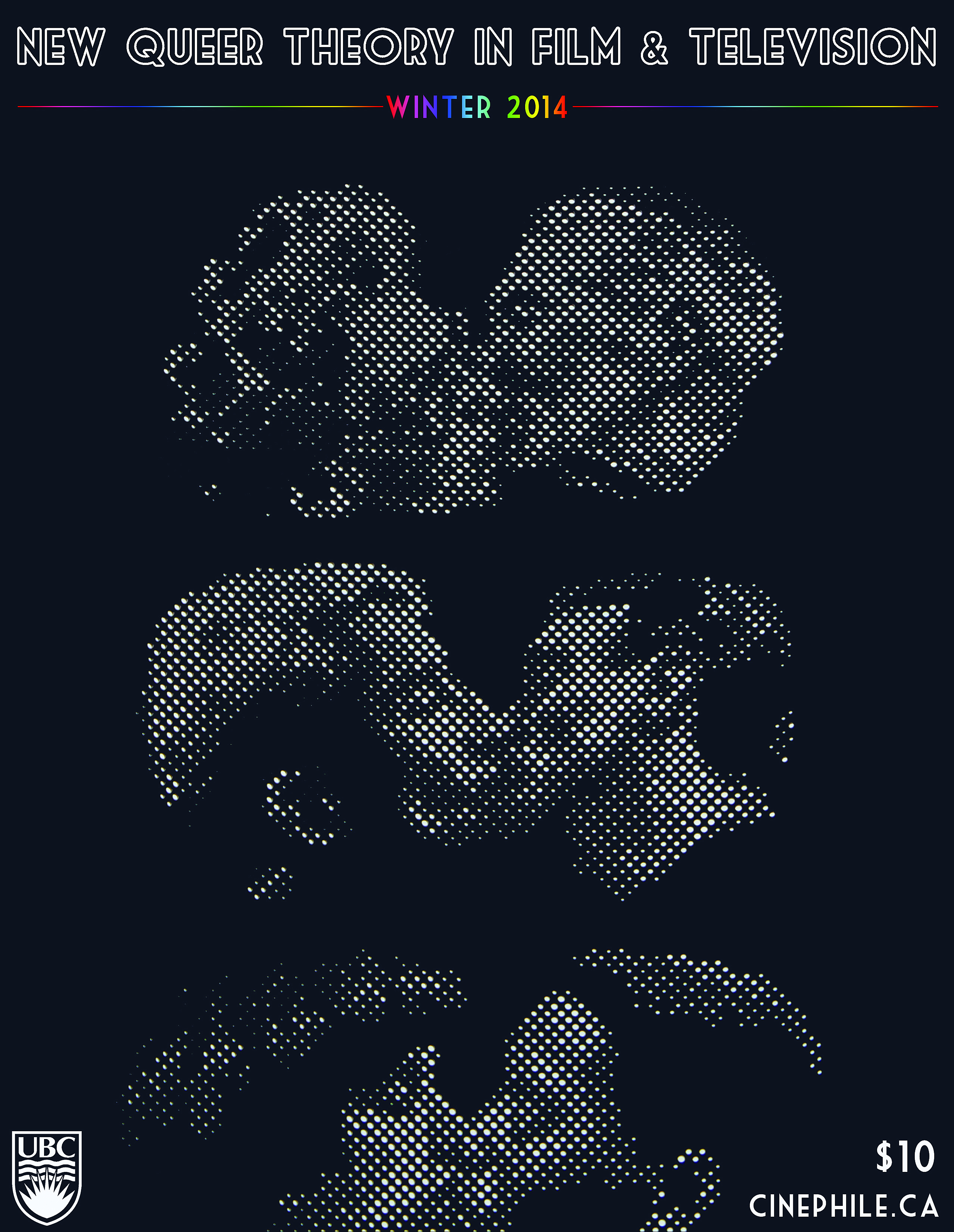
CFP – New Queer Theory in Film & Television (10.2)
Deadline for draft submissions: September 5, 2014
The emergence of queer theory from the fields of post-structuralism and feminism in the 1990s sought to destabilize identity and its attendant heteronormative and cisgendered ideological constructions. Grounded in discussions of gender and sexuality as social constructs subject to flux, queer theory resists the violence of identity politics and challenges the idea that gender and sexuality are part of the essential self. Queer is most often associated with lesbian, gay, bisexual, and transgender communities (LGBT), but may also be applied to such topics as cross-dressing, intersex, and gender ambiguity. It is less an identity than a critique of identity: a challenge to the male/female binary and to the normative and deviant classifications of sexuality.
What is the place of queer theory today? Are we entering a new chapter in queer theory and, if indeed we are, how may its interaction with film scholarship enrich and evolve the philosophical landscape of queerness? The scholarship of Judith Butler, Jack Halberstam, Lauren Berlant, and Lee Edelman (among others), as well as the work of philosophers Michel Foucault and Jacques Derrida has endowed queer theory with a vibrant academic framework upon which to be expanded. Texts such as Butler’s Gender Trouble (1990), Edelman’s No Future: Queer Theory and the Death Drive (2004), and Halberstam’s In a Queer Time and Place: Transgender Bodies, Subcultural Lives (2005) and The Queer Art of Failure (2011), have shaped the lively and ongoing discussion of queer politics and theory.
In Cinephile 10.2, coming Winter 2014, we seek submissions that explore the current state of queer theory in cinema, addressing its political legacy and its philosophy, as well as possible epistemological and methodological shortcomings that arise from queer theory’s deconstructionist project. Prospective contributors are encouraged to focus upon queer theory’s application to a range of cinematic and televisual texts and should not feel limited to discussions of queer-identified cinema. While use of queer visual texts is welcomed, we do not wish to discourage scholars taking queer scholarship in new directions by applying it to discussions of homosocial or heteronormative texts, for example. We also welcome intersectional perspectives that address queer theory as one part of a network that resists cultural hegemony.
More details available here.
Incoming editor: Claire Davis
Incoming artist: Kerry Grainger

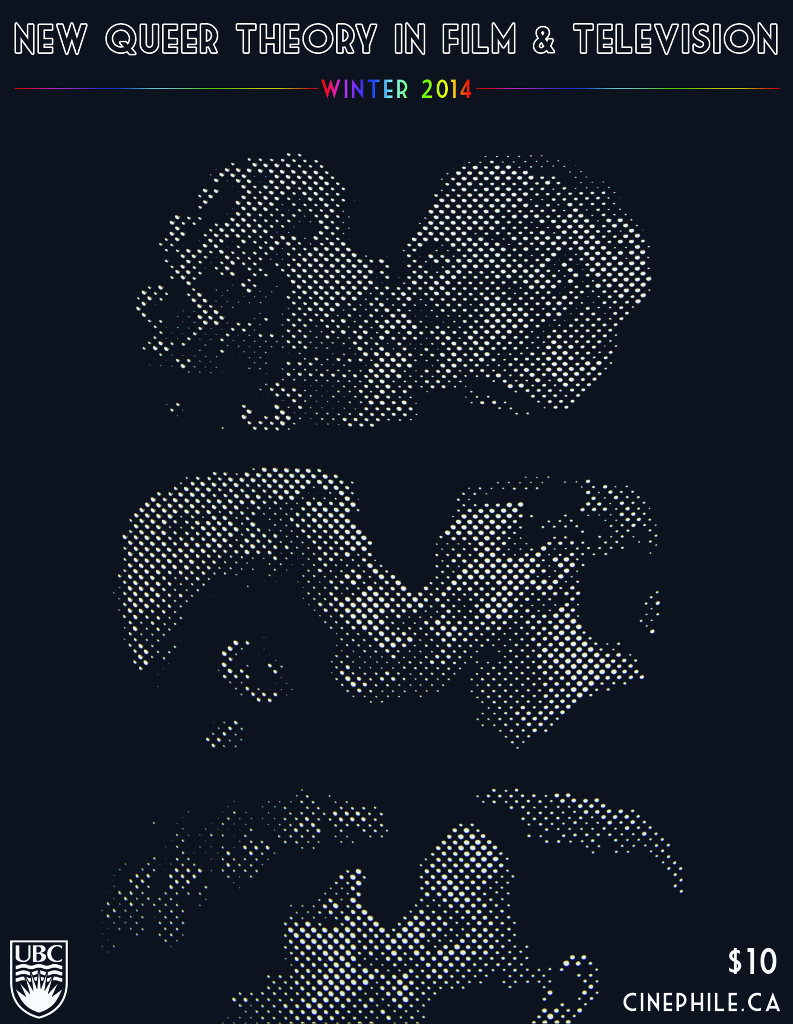
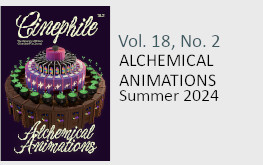
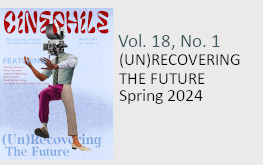
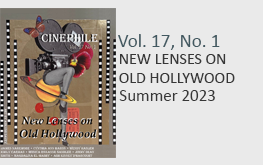
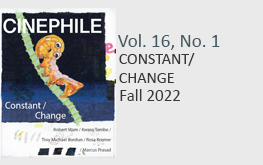
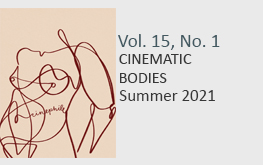
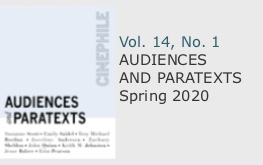
John Loughery has written a hilghy readable survey of 20th century gay history. It debunks many of the myths surrounding the grand narrative that has been constructed around gay history, meaning that it all started at Stonewall. Particularly interesting to me was his discussion of gay rights activists in the 1950s. He evokes the terror of the McCarthy years well and how courageous those first steps towards gay pride must have been. His incisive exploration of the massive social changes for men and women in the 1930s is also quite interesting. One great strength of the book is the breadth of interviews he uses in the book. You hear the voices of men of all ages from throughout the US. This is what history should be: interesting, funny, a compelling narrative yet complex and challenging. I have learned a lot about 20th Century US history as well. I hilghy recommend it to anyone who is interested in contemporary history.